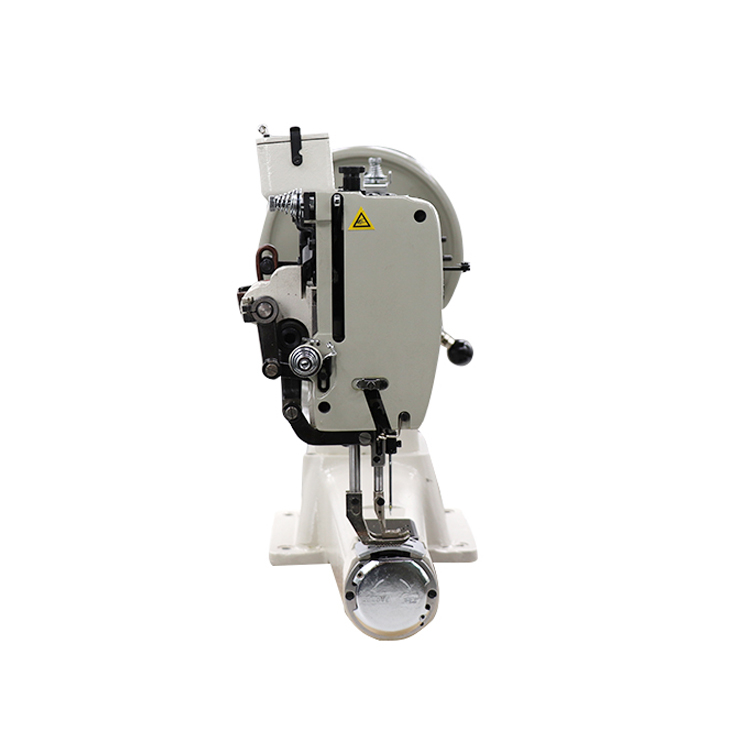Tips for Sewing Leather Using a Standard Sewing Machine
Sewing Leather with a Regular Sewing Machine A Practical Guide
Sewing leather can seem intimidating, especially if you’re accustomed to using a regular sewing machine for fabric projects. However, with the right techniques and tools, you can successfully sew leather at home. This guide will help you navigate the process, ensuring you achieve stunning results, even with a standard sewing machine.
Understanding Leather Types
Before you start sewing, it’s essential to understand the type of leather you’ll be working with. Leather is available in various types, including top-grain, full-grain, and suede. Each type has its own characteristics, affecting how it behaves when sewn. For beginners, start with softer leathers, like lambskin, as they are more forgiving and easier to manipulate.
Essential Tools and Materials
To effectively sew leather, gather the following tools
1. Regular Sewing Machine While a heavy-duty machine is ideal, many standard machines can handle lightweight leather. 2. Leather Needle Use a needle specifically designed for leather, typically with a wedge-shaped point that prevents damage to the material. 3. Thread Polyester or nylon thread works best for leather projects. These threads are strong and durable. 4. Foot A walking foot can help feed multiple layers of leather smoothly through the machine. 5. Cutting Tools A rotary cutter, cutting mat, and really sharp scissors will facilitate clean cuts. 6. Mallet and Hole Punch These tools are helpful for making holes or adding rivets.
Preparing Your Leather
Preparation is key for successful sewing. Start by cutting your leather accurately, using a ruler and rotary cutter for straight edges. Mark your sewing lines with tailor’s chalk or a marking pen that won’t damage the leather. Remember to leave seam allowances, typically around 1/4 inch for leather.
sewing leather with a regular sewing machine

If you’re working with thicker leather, consider edge finishing techniques, such as burnishing or sanding, to prevent fraying and provide a polished look.
Setting Up Your Sewing Machine
Make sure your machine is equipped with the leather needle and the correct foot. Adjust the tension settings—lower tensions often work better for leather, providing more flexibility. Practice sewing on a scrap piece of leather first to test your machine's settings and familiarize yourself with the material.
Sewing Techniques
1. Start Slow When you begin sewing your leather project, take your time. Slower speeds ensure you maintain control and produce neat stitches. 2. Use Clamps Instead of Pins Traditional pins can create holes in leather that remain visible. Instead, use fabric clips or clamps to hold layers together. 3. Think about Stitching Patterns Depending on your project, you may want to use straight stitches or decorative stitches to enhance the look of your leather piece. Consider testing different patterns on scrap pieces to see what works best. 4. Backstitching Always backstitch at the beginning and end of your seams to secure the thread and prevent unraveling. 5. Finishing Edges After sewing, finish the edges with a specialized leather edge tool or simply trim them neatly with scissors.
Final Touches
Once you’ve completed your sewing, it’s time for finishing touches. You can apply leather conditioner or waxing treatments to enhance the material’s appearance and durability. This step not only nourishes the leather but also helps in preventing water damage and increases longevity.
Conclusion
Sewing leather with a regular sewing machine is a rewarding endeavor that can lead to personalized items ranging from bags to home decor. With the right tools, techniques, and a bit of practice, you can conquer any leather sewing project. Embrace the challenge, and you’ll find that creating with leather opens up a world of possibilities!
-
Industrial Cylinder Arm Sewing Machine: Revolutionizing Heavy-Duty SewingNewsJul.28,2025
-
Cylinder Arm Sewing Machine: Perfect for Special Sewing ApplicationsNewsJul.28,2025
-
Cylinder Bed Sewing Machine: Essential for Sewing Complex MaterialsNewsJul.28,2025
-
Heavy Duty Sewing Machine: The Essential Tool for Industrial ApplicationsNewsJul.28,2025
-
Computerized Pattern Sewing Machine: Revolutionizing Precision StitchingNewsJul.28,2025
-
Heavy Duty Industrial Sewing Machine: Power Meets PrecisionNewsJul.28,2025
-
Leather Sewing Machine: The Industrial Standard for Tough MaterialsNewsJul.18,2025





























